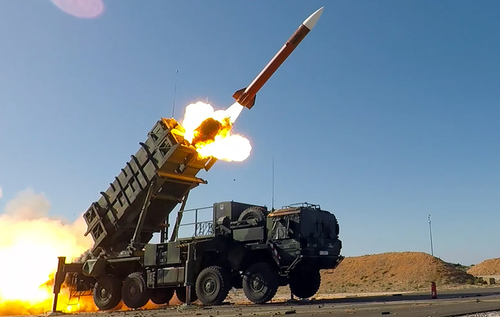US-Japan Patriot Missile Production Hits Snag On Shortage Of Boeing Part
It has become apparent since the Russian invasion and resulting multi-year war in Ukraine that America’s stockpiles of ammunition, from shells to missiles, have been dangerously depleted, and there is a massive need to upgrade and expand weapon production capacity domestically and abroad in allied nations as the world quickly fractures into an uncertain and dangerous multi-polar state.
This munitions deficiency endangers the US’ ability to fight future wars, and American dominance under the elderly President Biden has greatly suffered. Ronald Reagan would have been disgusted by Biden’s disastrous foreign policy moves, which have only stoked more chaos worldwide.
If Trump becomes president for the second time, he will likely restore a sense of American dominance and exceptionalism. This means modernizing America’s Armed Forces and, most importantly, ensuring the West has enough munitions and warfighting capabilities for future wars.
However, a new Reuters report suggests that production snags have already been developed in Japan to boost the production of Patriot air defense missiles.
Sources say supply chain woes have made it challenging for Japan’s Mitsubishi Heavy Industries to boost Patriot missile production from 30 to 60 per year under a license from defense contractor Lockheed Martin.
This could complicate the US plan to increase Patriot missile production from about 500 yearly to more than 750. Sources say the hold-up in Japan is due to a shortage of a critical component manufactured by Boeing that guides the missile to the target in the final stages of flight.
“It could take several years before Mitsubishi Heavy Industries is able to raise output” because of the shortage, one of the industry insiders told Reuters.
Last year, Boeing began expanding the capacity of the seeker technology in the US, with an annual increase of the critical component reaching about 30%. However, the new production lines won’t be operational until 2027.
“The production snag in Japan shows the challenges Washington faces in plugging industrial help from its global allies into its complex supply chains,” Reuters pointed out.
Tyler Durden
Sat, 07/20/2024 – 20:25

